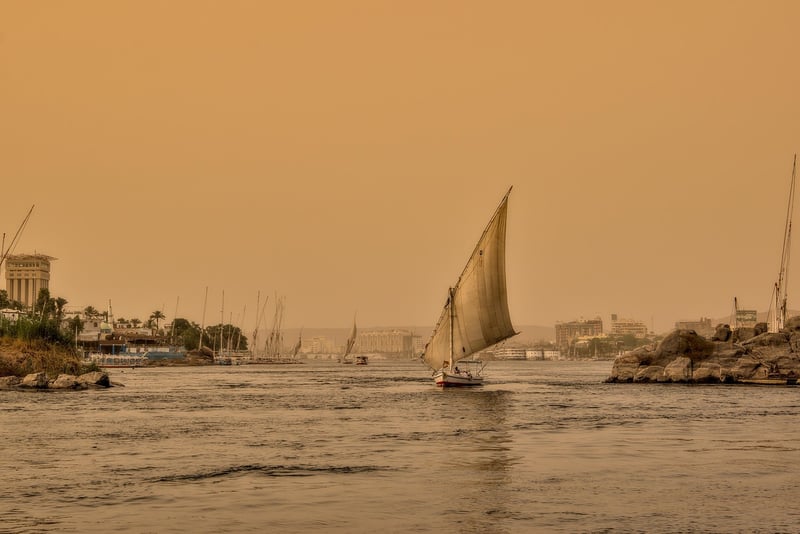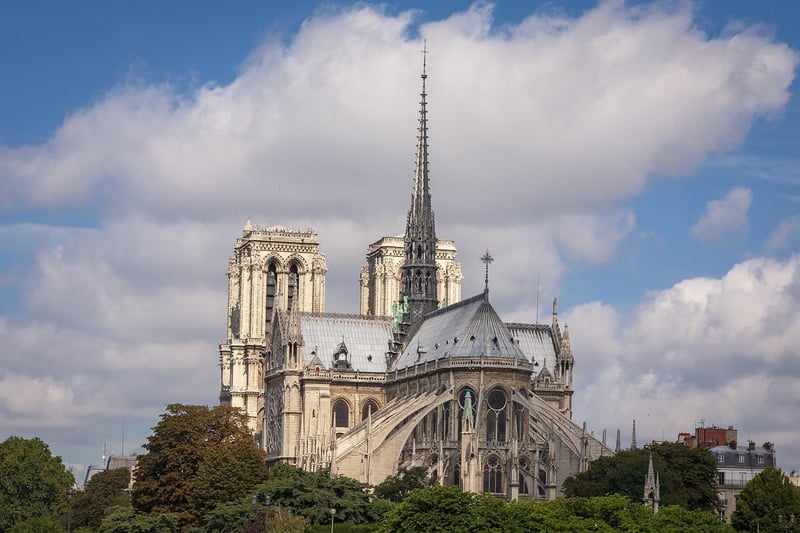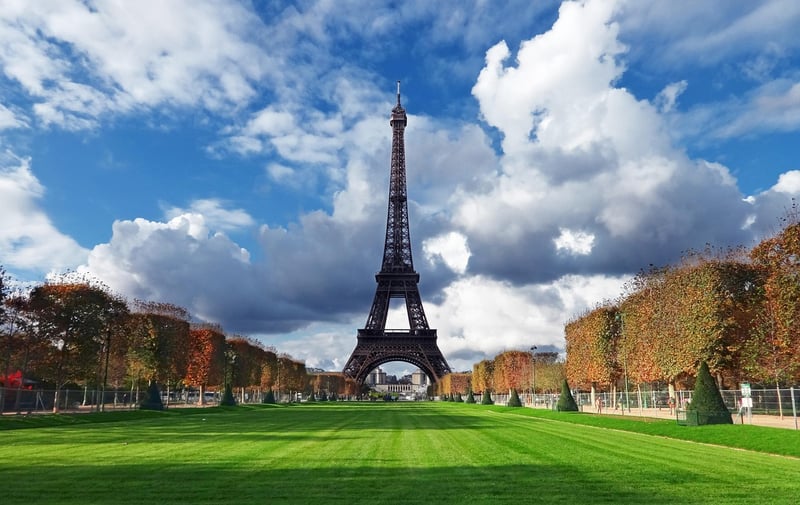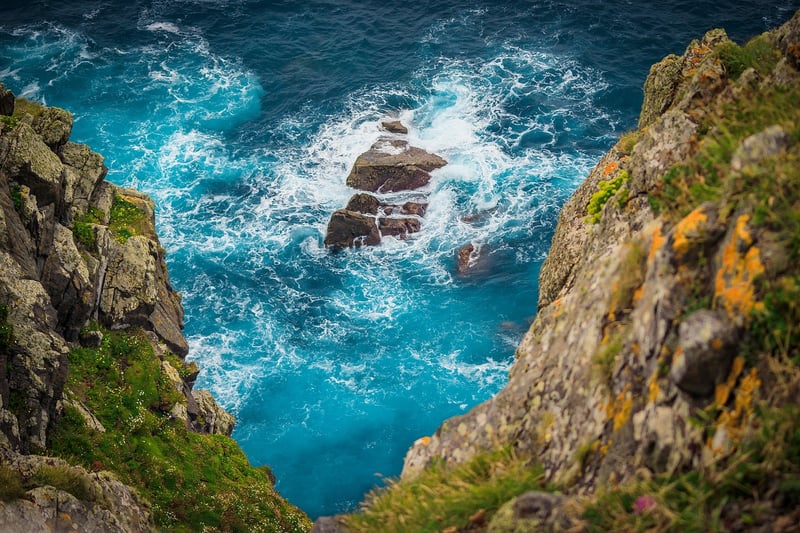Future Exploration
Exploring Different Eras and Future Exploration
Introduction
Exploring different eras in history provides a fascinating glimpse into the way people lived, the advancements they made, and the challenges they faced. While we delve into the past, we also look forward to the future of exploration, where new frontiers and possibilities await.
Ancient Era
The ancient era, spanning from the dawn of civilization to the fall of the Roman Empire, is filled with wonders like the pyramids of Egypt, the Great Wall of China, and the Colosseum in Rome. These ancient sites stand as a testament to human ingenuity and craftsmanship.

Medieval Era
The medieval era, characterized by knights, castles, and feudalism, saw the rise of magnificent cathedrals like Notre Dame in Paris and the Tower of London. It was a time of great turmoil and cultural exchange.

Industrial Era
The industrial era brought about the age of machines, factories, and urbanization. Landmarks like the Eiffel Tower in Paris and the Statue of Liberty in New York symbolize the progress and innovation of this time.

Future Exploration
As we look to the future, space exploration holds immense promise. With missions to Mars, the possibility of colonizing other planets, and the advancement of technology like AI and robotics, we are on the brink of a new era of discovery.
Challenges and Opportunities
While future exploration offers exciting opportunities, it also presents challenges such as sustainability, ethical considerations in AI development, and the need for international cooperation in space missions.
Conclusion
Exploring different eras in history allows us to appreciate the achievements of the past, while future exploration opens up a world of possibilities. By learning from the past and embracing the future, we can continue to push the boundaries of human knowledge and exploration.
